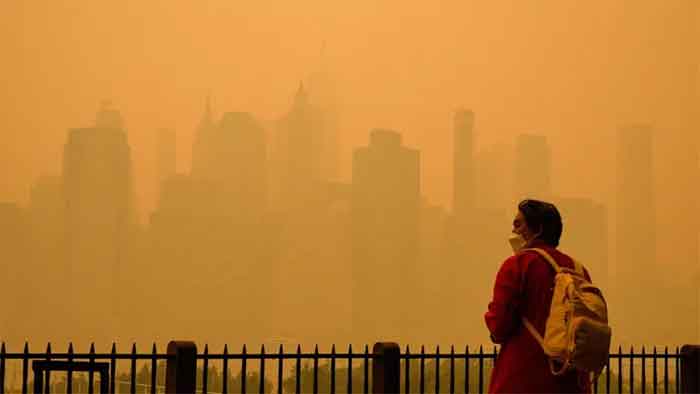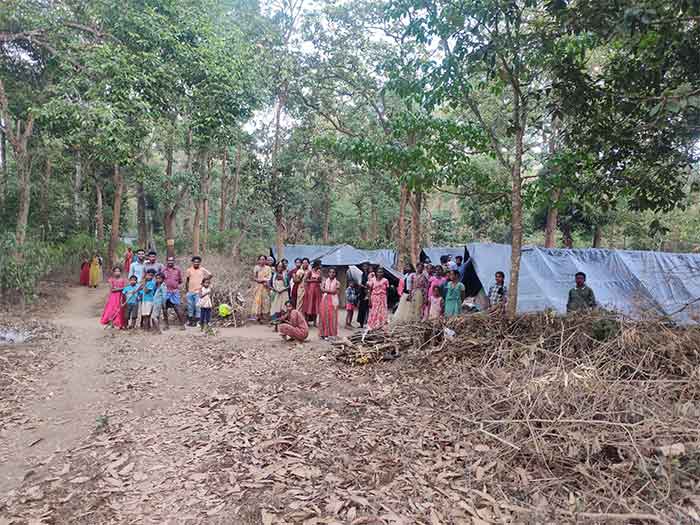
In Ecuador’s ’Referendum 2023’ on Sunday 5 February, citizens voted on eight government proposals for Constitutional reform, including one that affects the governance of Water Protection Areas (APH) and the National System of Protected Areas (SNAP). Just days earlier, however, the national Environment Ministry had annulled protected status for an APH on Indigenous lands in Cotopaxi province, undoing years of hardwork, political struggle, and social mobilization led by Indigenous communities.
While Sunday’s votes are being confirmed, the immediate fall-out of this recent Ministry decision means that vital territories are again at risk of destruction at the hands of various commercial forestry, agriculture, and mining interests who seek to exploit large areas of Ecuador’s verdant and mineral-rich highlands.
With this decision, the Environment Ministry has also further undermined Indigenous rights. This is yet another cruel reminder for those affected that even their hard-won legal victories — as well as their Constitutional and collective rights — are always under threat. The work of defending Indigenous rights never stops, especially when apparently settled and important decisions can be so drastically reversed.
In November 2020, when the same Environment Ministry granted protected status to 1071 hectares of the high-altitude páramo moorlands, it was an important victory for the Ancestral Community of San Isidro who had worked tirelessly for decades to protect this area of communally-held land. It was also a milestone moment for the country as a whole. The APH at San Isidro’s “Páramo Chilca Tingo Chaupi Urku” was one of the first such Water Protection Areas (or Protected Hydrological Areas) to be established nationwide. Their success also established a toolkit of campaigning and activist strategies that other Indigenous and rural communties could put to use in defense of their own territories.
Protecting the páramo is important locally, regionally, and globally. The páramo is an ecosystem found only in the northern Andes and its unique soil systems and vegetation make it a vital source of drinking water for millions of people. Plants and mosses — a number of them not found anywhere else on Earth — absorb rainfall that is then slowly released to form local streams and rivers that flow on to eventually feed into the Amazon. Analyzing these tropical Andean ecosystems, researchers estimate that 40 million people depend directly on the páramo for their water supply. Globally, the benefit of a healthy páramo relate to how these wetlands help limit global heating, specifically by absorbing large amounts of carbon from the atmosphere.
So why would Ecuador’s Ministry for the Environment, Water and Ecological Transition (Ministerio Ambiente, Agua y Transición Ecológica / MAATE) decide to revoke protected status for an important area of páramo in Cotopaxi province?
The rationale, published in document MAAE-2021-005-H on 31 January, appears both concerning and contradictory. It is concerning first because it rests upon a legal challenge brought by a small coalition of local interests and representatives from neighboring Indigenous communities who have consistently sought to undermine — including through the use of violence and intimidation — local environmental action and political activity endorsed by the National Indigenous Movement. The challenge itself rests upon a technicality that had not previously been contested. The case contends that the period of prior consultation required before any new APH is formally created had not been met, arguing that insufficient notice had been given to neighboring communities and landowners. Unfortunately, this is where an apparent contradiction emerges. Oversight of the consultation process and period is the responsibility of the Ministry itself. Furthermore, citing their own resolution from November 2020 (MAAE-DZCH-APH-SI-2020-001-R), it appears that the Ministry had previously authorized and approved these steps in the process.
The timing of this APH annulment also casts a new light on Question #7 of the recent Referendum. For this question, the government argued that the Constitution excludes Water Protection Areas (APH) from the National System of Protected Areas (SNAPs) and asked: “Do you agree that a Water Protection subsystem be incorporated into the National System of Protected Areas, amending the Constitution in accordance with Annex 7?” SNAPs are currently made up of specific designated subsystems: state, decentralized/autonomous, community, and private — and APHs do not appear among those categories. Supporters of this measure argue that creating an APH subsystem would close a legal loophole wherein extractive corporations might currently exploit contested questions of land ownership in Water Protection Areas in order to circumvent regulation. However, as stated in the current Law of Water Resources (la Ley Orgánica de Recursos Hídricos), “APHs are territories where there are water sources declared to be of public interest with regard to their maintenance, conservation and protection, that supply human consumption, or which guarantee food sovereignty; these will form part of the National System of Protected Areas [without being included in an existing subsystem].”
While the Environment Ministry is putting vital páramo lands and Indigenous territories at risk by revoking previously enacted protections, there are questions as to why this legal technicality regarding the governance of APHs was included in the referendum. Sunday’s elections — in which voting was mandatory — already involved a complicated ballot. In addition to answering the 8 questions of the “Referendum 2023,” voters elected regional leaders — including 23 provincial prefects, 221 mayors, and more than a thousand councilors throughout the country — as well as 7 advisers for the Council for Citizen Participation and Social Control (Consejo de Participación Ciudadana y Control Social / CPCCS), an independent body formulated to represent civil society in government decision-making.
For many, including in the Referendum the government proposal for a constitutional amendment regarding the governance of APHs was unnecessary. Such was the conclusion of a lawyer for the environmental organization Acción Ecológica, Inés Manzano, who proposed voting ‘No’ on Question #7 because water recharge zones are already incorporated into the Water Resources Law as protected areas, adding that what Ecuador really needs is “a Ministry of the Environment with more action on protection issues [and] a judicial system that pays attention to rule violations.”
While it remains paramount that any environmental policy or measure fulfills all consultation and participation requirements stipulated by the Constitution, it is also the case that government agencies tasked with overseeing and enforcing these measures fulfil their own responsibilities. This recent decision to revoke the San Isidro APH not only undermines community action, it also sets a worrying precedent — one where government Ministries seek to correct their own past mistakes at the behest of private interests and at direct cost to the health and wellbeing of Indigenous communities. For Indigenous groups like the Ancestral Community of San Isidro, the struggle continues to defend their lands, rights, and livelihoods in the face of dwindling state support.
Tristan Partridge is a social anthropologist and Lecturer at the University of California, Santa Barbara. His research addresses indigenous rights, collective action, and environmental justice. His recent book is titled Energy and Environmental Justice: Movements, Solidarities, and Critical Connections.
















































